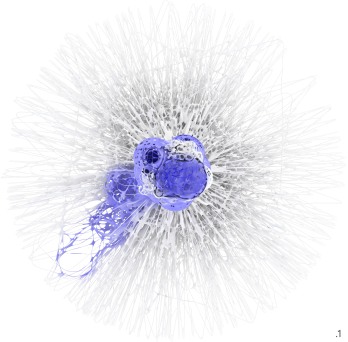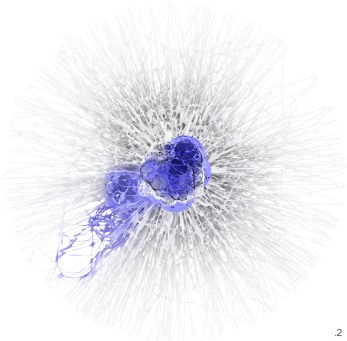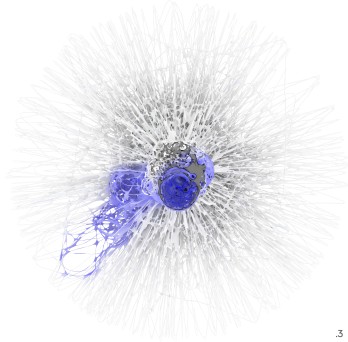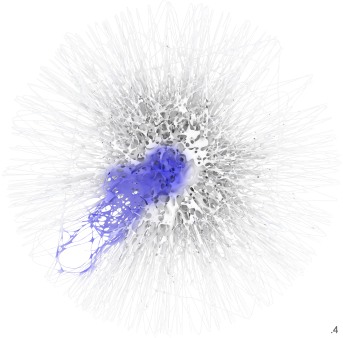
period: august ‘13 – december ’13
studio: Vertical studio at Rensselaer Architecture School
teacher: prof. arch. Fleet Hower, prof. arch. Matias Del campo
team work: Michael Miwa
location: —
project program: digital generation
The goal of this work is analyze the spaces generated to the geologic process of honeycombs weathering. The result of geological processes is the generation of geometrical shapes. The search for new geometries starts from physical analysis of the process and then with the production of physical and digital models. The definition of new geometries is the foundation for study of many unexplored spatiality.
. 
GEOLOGIC RESEARCH
Honeycomb weathering can be caused by a variety of factors, including wind erosion, exfoliation, frost shattering and salt weathering. In this case, the project is focused on salt weathering. This first involves salt water being applied to a porous rock typically by wind or crashing waves. The rock needs to be porous enough to allow salt water to enter through the rock minerals.
Consequently, the rocks that are most often affected by honeycomb weathering include semi-arid granites, sandstone and limestone. The salt within the liquid begins to crystallize and, due to heat, the salt expands and exerts pressure on the confining rock to a point where rock is wedged out, resulting in rock depressions.


INITIAL EXPERIMENTATION
To mimic this process, first was applied acetone to foam. The acetone consumes the air within and between each foam ball, making it seem like the foam is being eaten up, resulting in interesting depressions. However, it was not helpful in our objective of finding architectural conditions in our project. Later was used foam glue, sand, rock and gravel. It was hoped the foam glue would generate interesting volumes.
However, because of the rock, sand and gravel sticking to the foam glue, it did not produce any geometries that were similar to that of our geological observation; there were no depressions produced as a result of the sand, rock or gravel.
Therefore was added ice to the mixture. This did produce depressions similar to honeycomb weathering, but there was not point in keeping the sand and rock with the mixture.
Eventually, just was used foam glue and ice, resulting in qualities similar to honeycomb weathering.

↑ . foam glue and ice model section
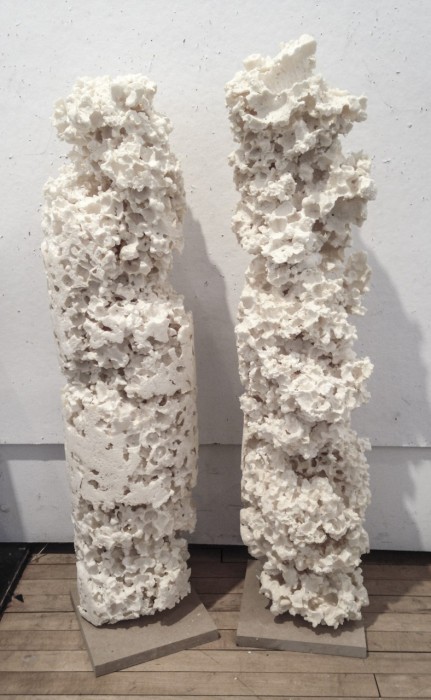



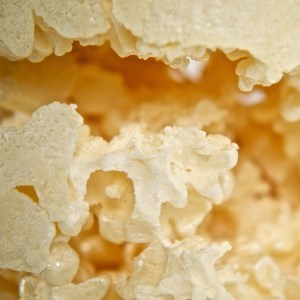
↑ . final physical model: foam glue and ice




↑ . initial models: .foam and acetone .foam glue and sand .foam glue, sand and stone .foam glue and ice
GENERATIVE SIMULATION
↑ . digital model: plan sections sequence
.
.
 ↑ . digital model: plan sections sequence
↑ . digital model: plan sections sequence
.
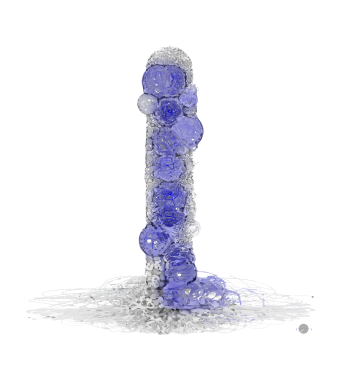

↑ . digital model: sections
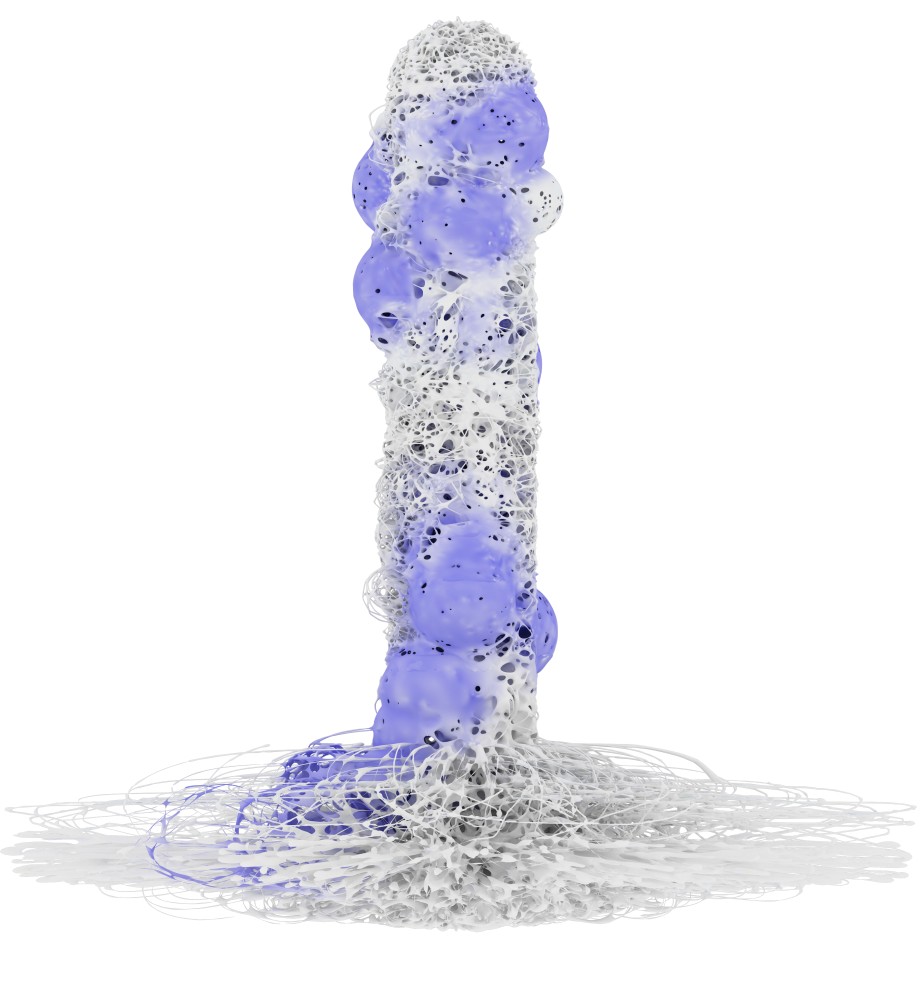 ↑ . digital model: elevation
↑ . digital model: elevation




↑ . digital model: external geometry



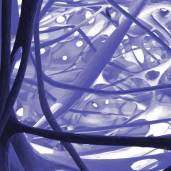
↑ . digital model: internal geometry
SIMULATION EVOLUTION

CATALOG OF OUTPUTS
.


